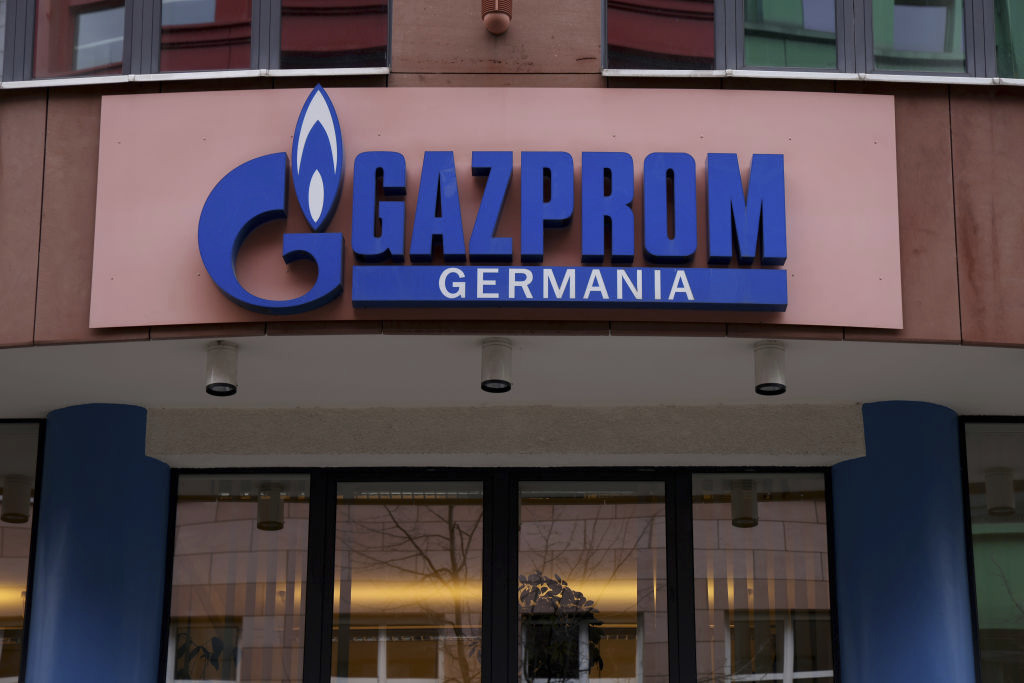by A. Macaskill and P. Sandle, Sep 8, 2022 in ClimateChangeDispatch
Britain appointed lawmaker Jacob Rees-Mogg, who has expressed skepticism about the need to fight ‘climate change’ as the new business secretary, raising concerns that he could delay the target of reducing net zero emissions by 2050.
Rees-Mogg, nicknamed “the honorable gentleman from the 18th century” because of his poshness and trademark double-breasted suit, was on Tuesday put in charge of the Department for Business, Energy and Industrial Strategy, which is responsible for the government’s strategy on ‘climate change’. [bold, links added]
In the past, Rees-Mogg has expressed concerns about “climate alarmism“, said humanity should adapt to, rather than mitigate, ‘climate change’, and warned that the drive to getting to net zero emissions is responsible for high energy prices.
After his appointment, Rees Mogg said his priority would be to provide help for people dealing with sharply higher energy bills and that the government will soon bring forward a package to help the public.
New Prime Minister Liz Truss has backed the legally binding target of reducing net zero ‘greenhouse gas’ emissions by the middle of this century, but has supported scrapping green levies and bringing back fracking if there is local support.
One contentious issue facing Rees-Mogg is providing a clear and settled policy environment for business after successive Conservative governments have produced energy and industrial strategies that were abandoned just a few years later.
…
…


